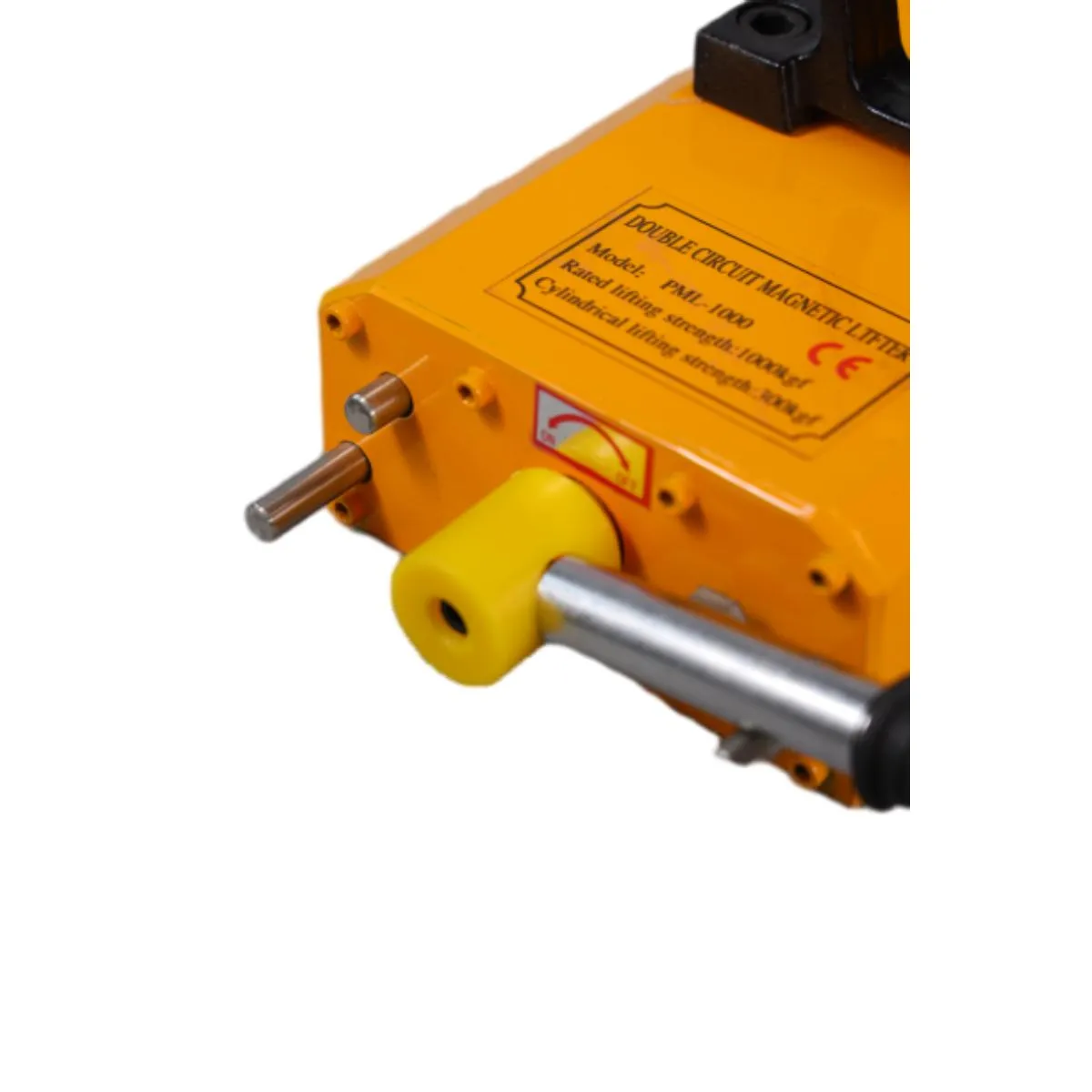exploring innovative techniques in gantry systems for modern workshops and industrial applications
Exploring Workshop Gantry A Key Component in Modern Manufacturing
In the realm of modern manufacturing, efficiency and precision are paramount. One of the critical structures that facilitate these attributes in production facilities is the workshop gantry. This versatile equipment plays a crucial role in various industries, including automotive, aerospace, and construction. By understanding the functionality, design, and benefits of workshop gantries, we can better appreciate their significance in contemporary manufacturing processes.
What is a Workshop Gantry?
A workshop gantry is a framework designed to support and guide machinery, tools, or materials in a workspace. Typically constructed from steel or aluminum, these structures can range from simple designs to complex configurations, depending on the specific needs of the workshop. They often feature a set of horizontal beams suspended over vertical supports, allowing for the movement of equipment such as cranes, hoists, and conveyors.
Types of Workshop Gantries
There are several types of workshop gantries, each tailored to meet different operational demands. The most common types include
1. Fixed Gantry This type is permanently installed in a manufacturing facility and is designed for heavy lifting and transporting materials. Fixed gantries are typically used in large-scale operations where space and load capacity are essential.
2. Portable Gantry As the name suggests, these gantries are designed for mobility. They can be easily relocated and adjusted, making them ideal for workshops that require flexibility in their operations. Portable gantries are often utilized for medium-weight lifting tasks and small-scale projects.
3. Wall-Mounted Gantry This design incorporates a gantry that is attached to a wall, freeing up floor space. Wall-mounted gantries are perfect for smaller workshops where maximizing space is crucial, and they can support various lifting mechanisms.
workshop gantry

4. Rail Gantry This type moves along rails installed on the ground, enabling more extensive coverage of a workspace. Rail gantries are commonly found in warehouses and factories where materials need to be transported over long distances.
Benefits of Using Workshop Gantries
The implementation of workshop gantries in manufacturing environments brings a multitude of benefits. Some of the most notable advantages include
- Increased Efficiency By facilitating the movement of heavy materials and equipment, gantries significantly reduce the time and effort required for manual handling, leading to an increase in overall productivity.
- Enhanced Safety Gantries minimize the risk of workplace injuries associated with manual lifting. With the appropriate usage of hoists and cranes, workers can handle heavy items safely and efficiently, ensuring a safer work environment.
- Improved Space Utilization Workshop gantries help maximize the use of floor space in manufacturing settings. They enable vertical storage and movement, allowing for better organization of materials and equipment.
- Flexibility The ability to customize gantries to fit specific needs means that workshops can adapt to changing manufacturing requirements. Whether it's adjusting the height or reconfiguring the structure, flexibility is a key component of workshop gantries.
Conclusion
In conclusion, the workshop gantry is an indispensable element of modern manufacturing. Its design and functionality are integral to improving efficiency, safety, and space utilization in production environments. As industries continue to evolve, the role of workshop gantries will likely expand, incorporating advanced technologies such as automation and smart manufacturing systems. Understanding the significance of these structures can help manufacturers optimize their operations and maintain a competitive edge in an ever-changing marketplace. As we move forward, the workshop gantry will remain a cornerstone of contemporary industrial workflows, supporting the demands of an increasingly complex production landscape.
-
Unlock Seamless Relocation with Our Heavy Equipment Moving ExpertiseNewsJun.06,2025
-
Unleash Unrivaled Flexibility with Our Adjustable Gantry CraneNewsJun.06,2025
-
Unleash Heavy-Duty Efficiency with Our Industrial Gantry Crane SolutionsNewsJun.06,2025
-
Revolutionize Steel Handling with Our Magnetic Lifter RangeNewsJun.06,2025
-
Master Equipment Mobility with Premium Machinery Mover SolutionsNewsJun.06,2025
-
Elevate Your Material Handling with Magnetic Lifter TechnologyNewsJun.06,2025
-
YS Permanent Lifting Magnets: The Smarter Way to Handle SteelNewsMay.22,2025
